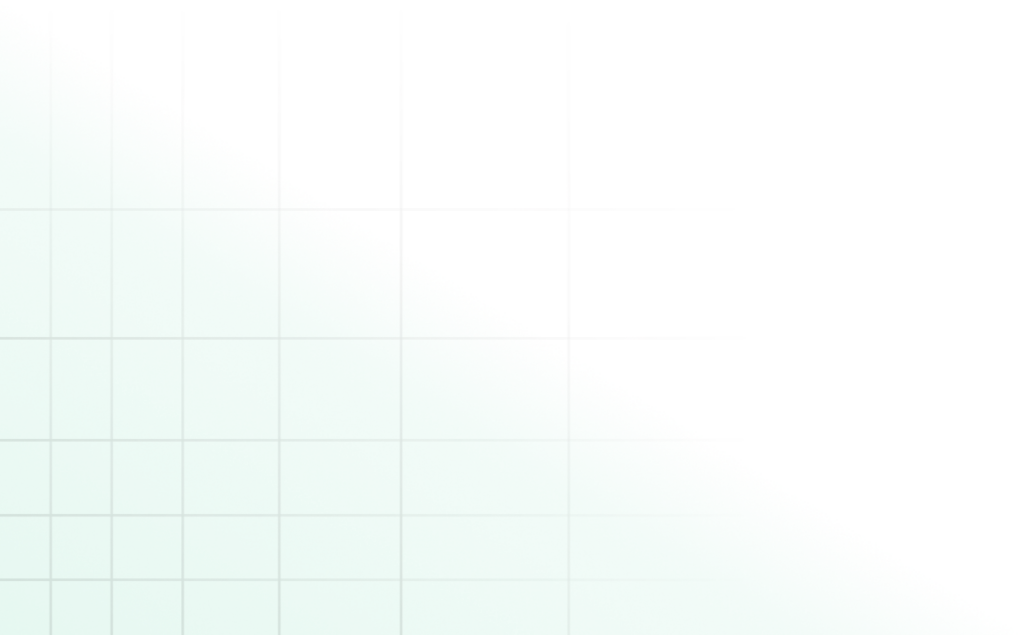- Free download
Achieving Gold isn’t always quick — and can seem overwhelming.
This roadmap shows ESG leaders what to expect over 19–23 months, where pitfalls occur, and how to stay on track.
What you’ll learn
- The four phases of OGMP 2.0 reporting and their timelines
- Where most companies slip — and how to avoid it
- How Gold status strengthens investor confidence and market access
- Practical steps to reduce delays and accelerate recognition




